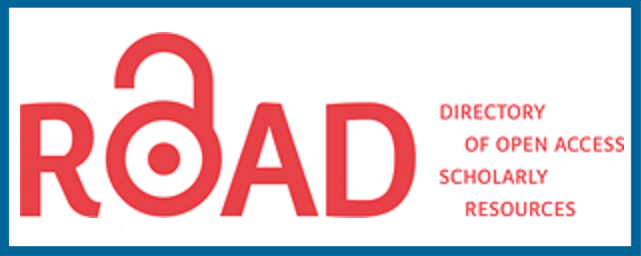The The Influence of the Emergence of the Madzhab of Classicism in Arabic Literature
DOI:
https://doi.org/10.52032/jisr.v5i2.144Abstract
The poetry of the Arabs gave birth to various forms of literature, especially literary works in the form of poetry. The purpose of this research is to know the history and philosophy of classical madzhabs in detail. Descriptive-qualitative is the method used by researchers in writing their research. The emergence of classicalism began in ancient Greece and then spread to ancient Rome as a form of philosophical doctrine which then entered the world of literature. This school relied on the theoretical foundation raised by Plato about idealism which later reached its heyday in Europe. The classical school that emerged in Europe after the scientific revival movement at the end of the 15th century AD, when Europeans wanted to revive their literature, so they relied on Greek and Roman works. The entry of philosophy into Arabia began with the initiative to retranslate ancient Greek writings that had been on hiatus. The example of Zuhair bin Abi Sulma's poetry is an example of the results of the analysis of classical poetry that belongs to the classist school. Arabic classical poetry tends to have a similar pattern of depiction from one poem to another, not far from several genres such as madh, hija', fakhr, washf, ghazl, and others. Classical madzhab literature in the West is subject to the rules of literary art, its language is beautiful and its expression is eloquent as well as aesthetic. This also affects classical madzhab literature in Arabia, which is subject to the rules of wazan and qafiyah.
References
Adisusilo, S. J. (2013). Sejarah Pemikiran Barat dari yang Klasik Sampai yang Modern (2nd ed.). Jakarta: PT. Raja Grafindo Persada.
Al-Husain, Abi Abdillah al-Husain bin Ahmad al-Zauzini. (1992). Syarh al-Mu’allaqat al-Sab’u. Beirut: Dar al-Kutub al-Ilmiyah.
Anwari, Moh. K. (2012). Madzhab Puisi Arab Modern Dialektika Barat Timur. Yogyakarta: Adab Press.
Ash Ashidiqiyah, F. R. (2022). Aliran Sastra Arab Klasik sebagai Respon Modernisasi Arab: Kajian Historis. Al-Fathin, 5(1).
Brown, A. (2009). Sejarah Renaisans Eropa. Yogyakarta: Kreasi Wacana.
Buana, C. (2021). Sastra Arab Klasik Seri Jahiliyah (1st ed.). Yogyakarta: Literasi Nusantara Abadi.
Djaja, W. (2012). Sejarah Eropa dari Eropa Kuno Hingga Eropa Modern. Yogyakarta: Penerbit Ombak.
Hamid, M. (1995). Ilmu Arudl dan Qawafi (1st ed.). Surabaya: Al-Ikhlas.
Iftitah. (2022). Teori Kesusastraan Arab. Yogyakarta: Cantrik Pustaka.
K. Bertens. (1981). Sejarah Filsafat Yunani (3rd ed.). Yogyakarta: Penerbitan Yayasan Kanisius.
Kamil, S. (2012). Teori Kritik Sastra Arab Klasik dan Modern (2nd ed.). Jakarta: PT. Raja Grafindo Persada.
Khafaji, M. A. al-M. (n.d.). Kitab Madaris al-Adabiy al-Hadits Muhammad.
Maryam, S. (2019). Historis Aliran Neo-Klasik dalam Kesusastraan Arab. Journal of Al-Irfan, 1(1).
Milne, I. M. (2009). Literature Movement for Student. Farmington Hills: Gale Cengage Learning.
Muzakki, A. (2011). Pengantar Teori Sastra. Malang: UIN-Maliki Press.
Nuruddin, A. (2022). Analisis Keindahan Syair Modern Karya Mahmud Sami al-Barudi. Journal Of Ilmu Linguistik Dan Sastra Arab (JILSA), 6(1).
Plato. (2003). Kebajikan adalah Pengetahuan. Yogyakarta: Penerbit Jendela.
Qashab, W. (n.d.). Al-Madzahib al-Adzabiyah al-Gharbiyah.
Raghib, N. (1983). Al-Madzahib al-Adabiyah Min al-Kalasikiyah Ila al-‘Abatsiyah. Egypt: Maktabah Al-Tsaqafiyah.
Wargadinata, W., & Fitriani, L. (2018). Sastra Arab Masa Jahiliyah dan Islam. Malang: UIN Press.













